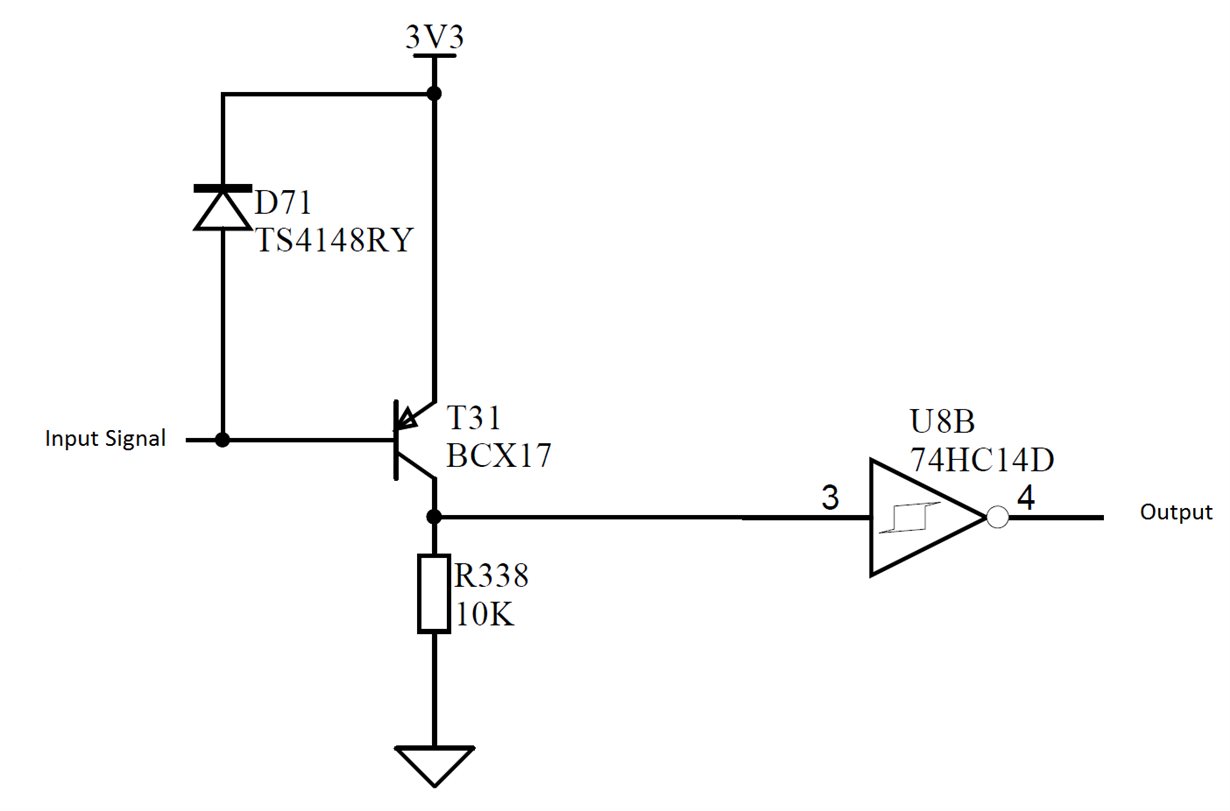Hi
I'm using a 74HC14 schmitt trigger inverter device to clean up a slow moving signal. The signal is normally low and rises to 3.3V (the supply of the chip) slowly, sometimes this signal can take over a second.
My problem is that the output of the inverter oscillates during the transition. This is a problem for me as it's tied to a processor interrupt and I get multiple interrupts.
I'm guessing that there is something odd about the way I'm driving the input but I can't think what it could be. I have a PNP transistor to 3.3V and a 10K resistor to ground. I think it's happening as the transistor passes through it's linear region.
Can't work out how to post a picture here of my circuit. I've got it in a work doc but the 'paste from word' just puts blanks in.
Any help appreciated


